I have a pandas dataframe like :
yearPassed policyType count
0 1990 1 2000
1 1990 2 1400
2 1990 3 1200
3 1991 3 70
4 1992 2 1000
5 1992 3 800
I want to make a bar chart, color-coded by policyType column, and showing Year on X-Axis and count on Y-axis.
I tried doing this:
policy_vs_year.plot(x="yearPassed", y=["count", "policyType"], kind="bar")
plt.show()
but this gives a very bad plot.
So I decided to transform my dataframe into something like this (maybe it is easier to plot this way):
yearPassed 1 2 3
0 1990 2000 1400 1200
1 1991 0 0 70
2 1992 0 1000 800
My question is whether it is possible with elementary functions in pandas to achieve this ? (or there are simpler alternatives to plot the dataframe in its original format - without having to reformat it ?)

